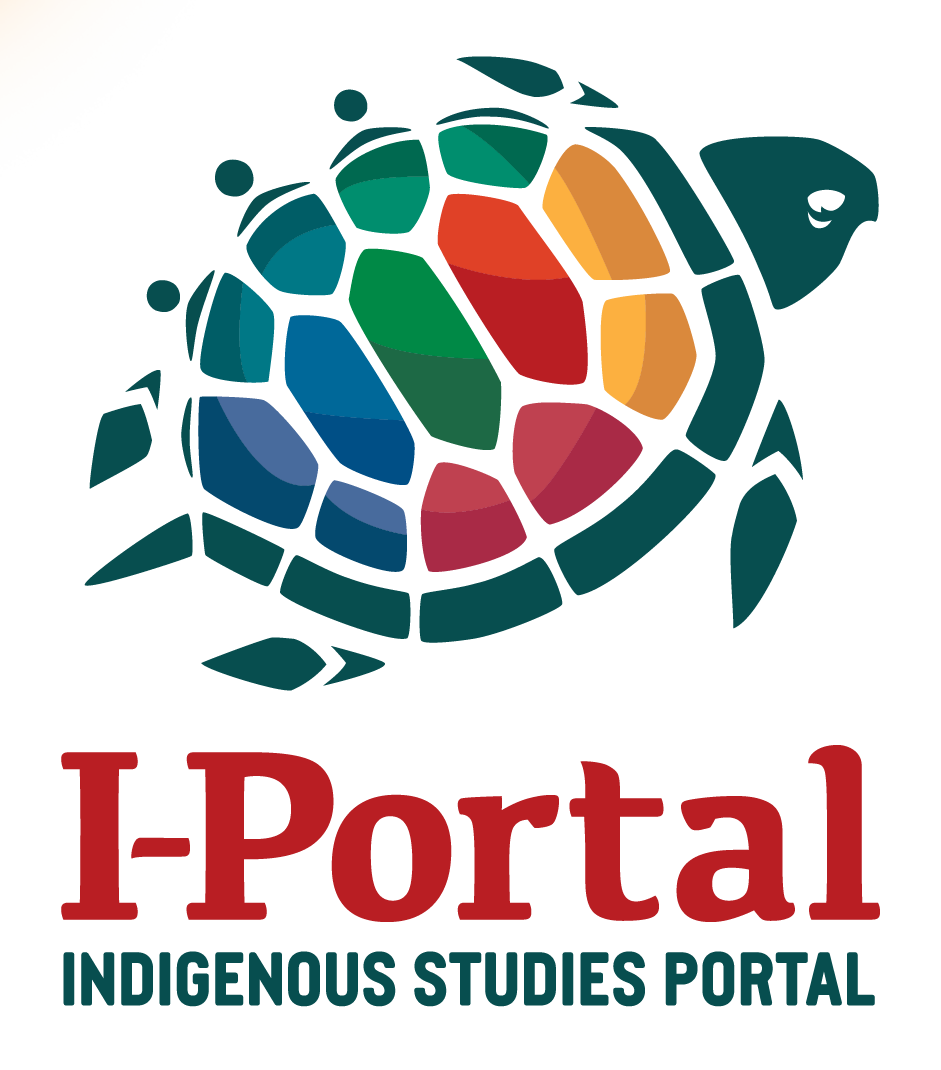A Whakapapa of Whānau Ora: A New Way of Delivering Social Services in Aotearoa New Zealand?
Theses
Author/Creator
Charlotte Ellen Moore
Description
Arts Thesis (M.A.)--University of Auckland, 2014.
